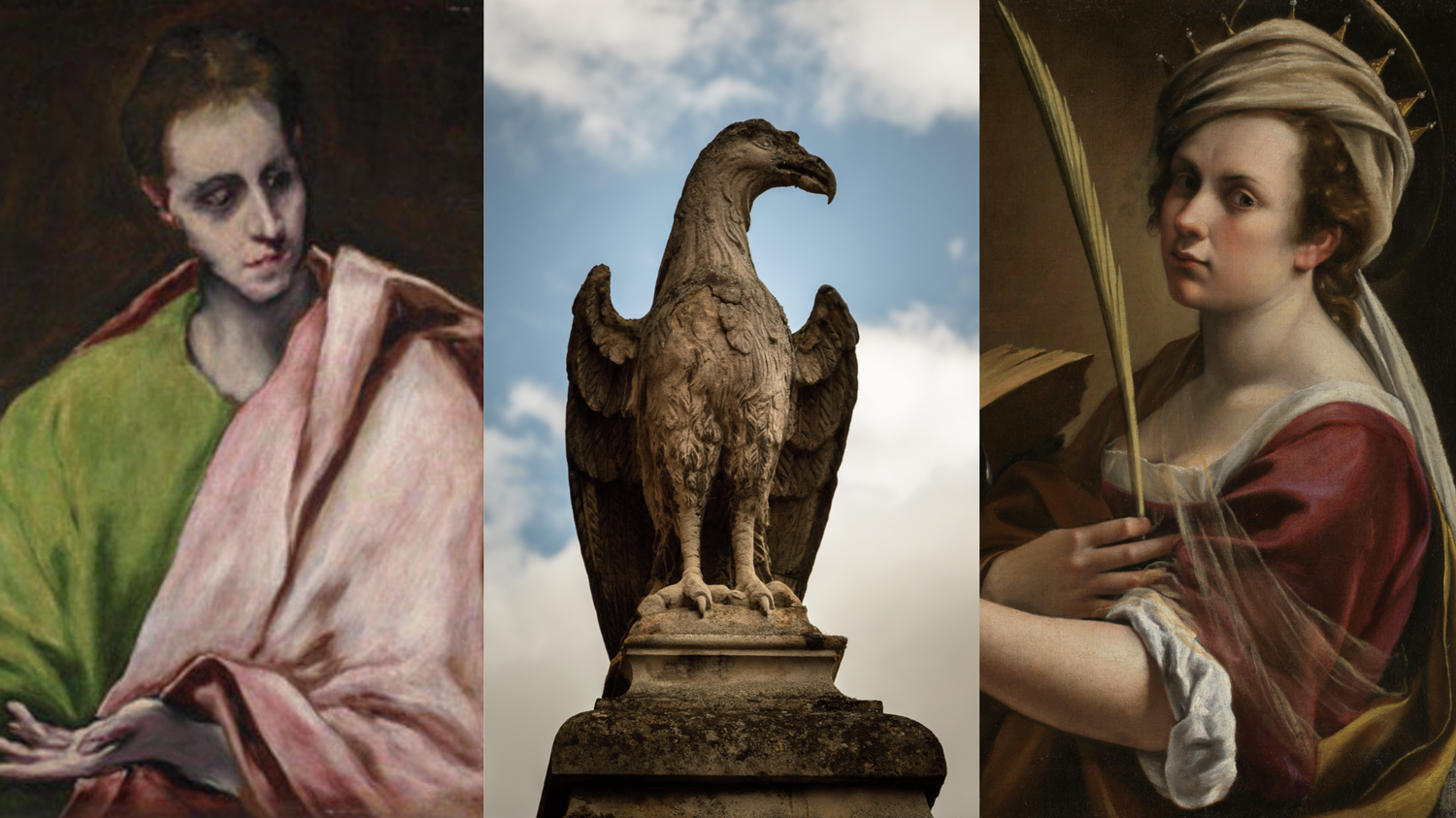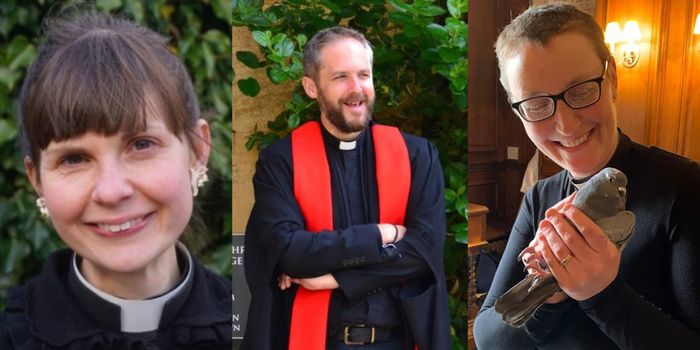“If you asked any John’s student ‘Who was St John? ’ – what would they say?” Sat across from me, the Rev’d Andrew Hammond, chaplain at John’s, asks a good question. We can forget that our colleges are often – for various reasons – dedicated to real people. A college might be named after its founder(s); for instance, Gonville and Caius. For a college to be named after a saint, though, is very different. How can a college connect to its namesake when that individual would not have even known the institution would exist?
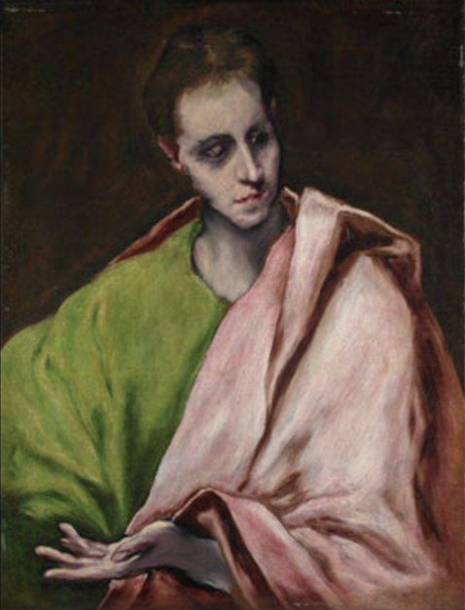
Some colleges are dedicated to the very first saints: a few to Jesus’s mother, such as Corpus Christi and the Blessed Virgin Mary, and one to St John, the first disciple. Though these figures are very distant from us students historically, they might actually be quite relatable. As Andrew took me round St John’s' Chapel, he gave me one of his newly-printed prayer cards: ‘St John, pray for us’, the back reads. On the front is an El Greco portrait of John, on loan to the Fitzwilliam Museum since 2015. As Andrew noted, the subject’s age is hard to pinpoint; we can easily find ourselves reflected in his image.
The next day, I visited the Rev’d Sarah Atkins, chaplain at Magdalene. She gave me a postcard of St Mary Magdalene, her college's patron. The full-size icon it depicts was a gift from Rowan Williams (ex-Master and ex-Archbishop of Canterbury) in 2018. Until renovations in the chapel are finished, it will continue to remain in her office. Famously, in the Gospel According to John, Mary Magdalene looks desperately for Jesus’s missing corpse, only to find him risen. Sarah likes to use this story when addressing students. It makes a good model for academic study: pursue the truth diligently, but be open to the unexpected.
"If you know where to look, the patron saints are everywhere"
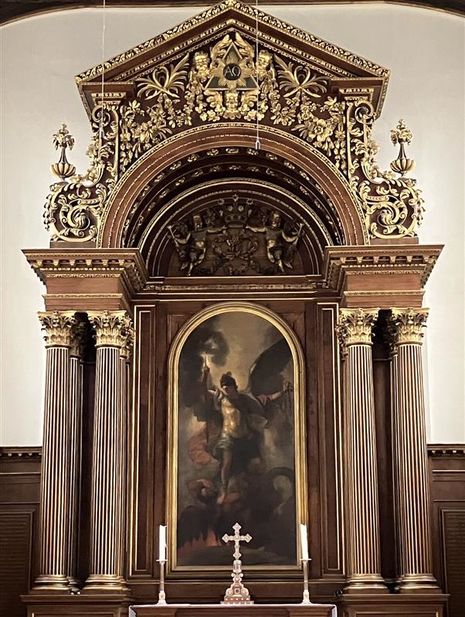
If you know where to look, the patron saints are everywhere. Trinity Chapel contains an enormous painting of St Michael the Archangel – presumably due to the existence of Michaelhouse, the college that merged with King’s Hall to form Trinity in 1546. The eagles depicted all over St John’s College have been a symbol of the saint since at least the second century. The women’s drinking society at Corpus Christi is called ‘The Lilies’ – after the flowers on the crest which represent Mary, the College’s second namesake.
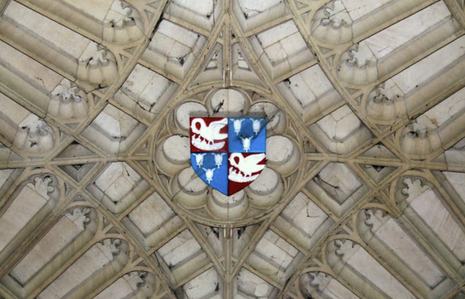
Still, it can be difficult to notice the saints that surround us. For instance, John’s Port Latin feast on May 6 supposedly commemorates the saint’s immersion in boiling oil and his miraculous survival. John himself, however, may get a bit lost in the celebrations, Andrew admitted. More than one chaplain confessed that they wouldn’t have much to say about the specific links between their college and its patron saint.
"In some ways, our saints challenge our college’s histories"
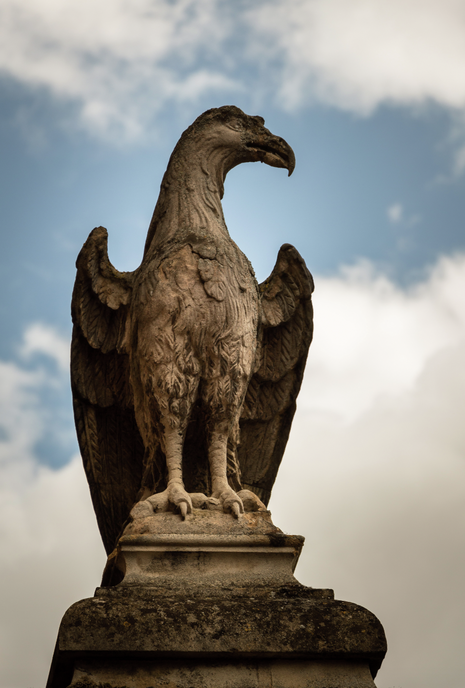
To many, or perhaps most students, saintly dedications are irrelevant and stand as mere historical hangovers. Still, that doesn’t mean they have been completely abandoned to history. Since 2020, St Catharine’s College Chapel has displayed a copy of Artemisia Gentileschi’s Self Portrait as Saint Catherine of Alexandria (1615-7), created with futuristic technology that “reproduc[es] colour beyond human perception.”
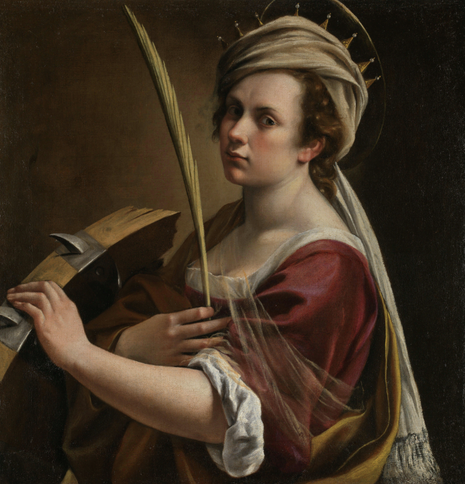
In fact, in some ways our saints challenge our college’s histories. Magdalene was the last college to enrol women, yet Mary Magdalene was Jesus’s first female apostle – an inspiration to women priests like Sarah. For 500 years, St Catharine’s, too, did not accept female students – and yet she is the patron saint of students, known to out-debate the Roman Empire’s greatest philosophers. So, we may imagine we are beyond our saints. Perhaps, however, we should consider where they are beyond us.

